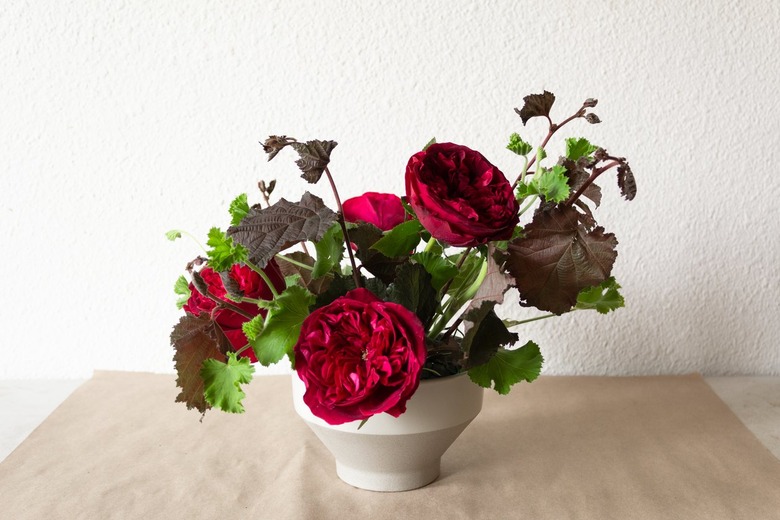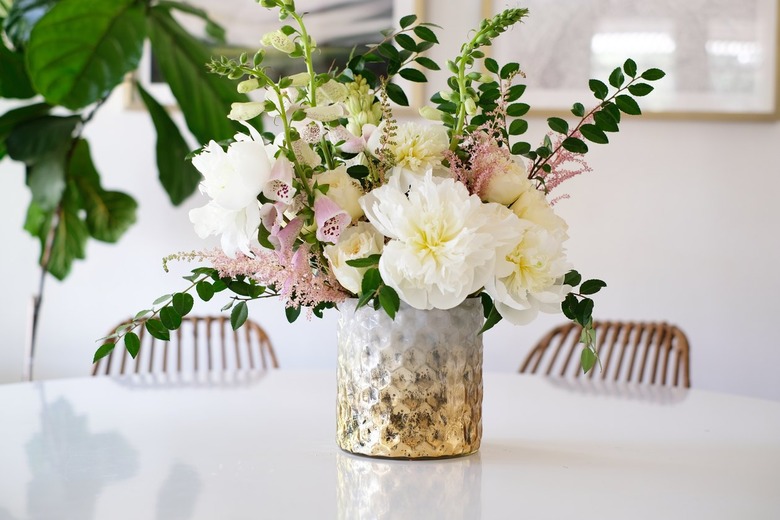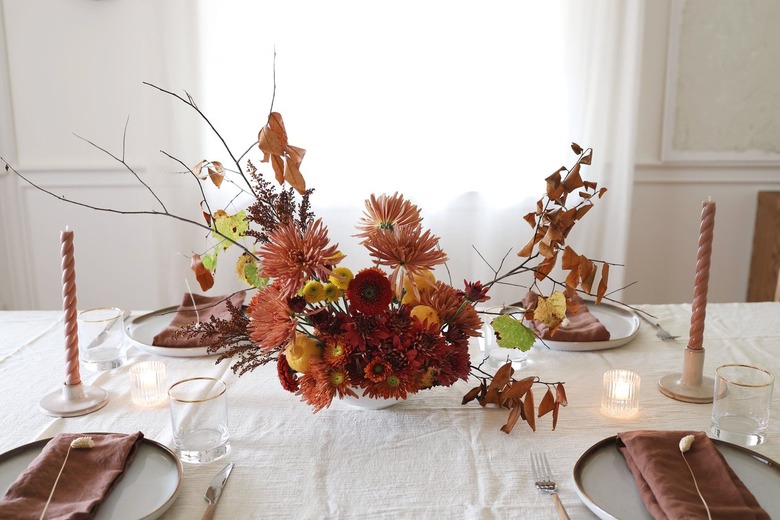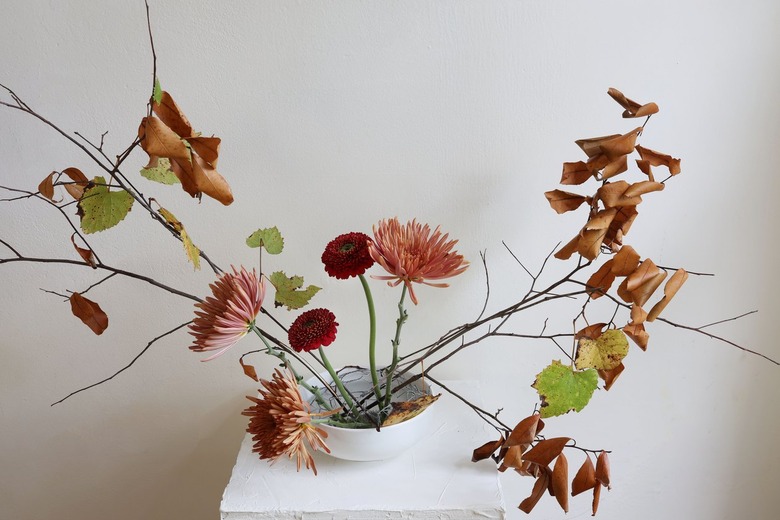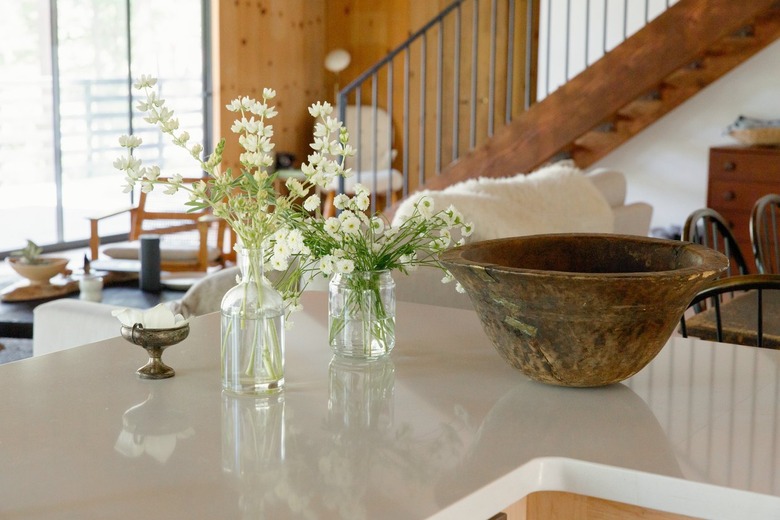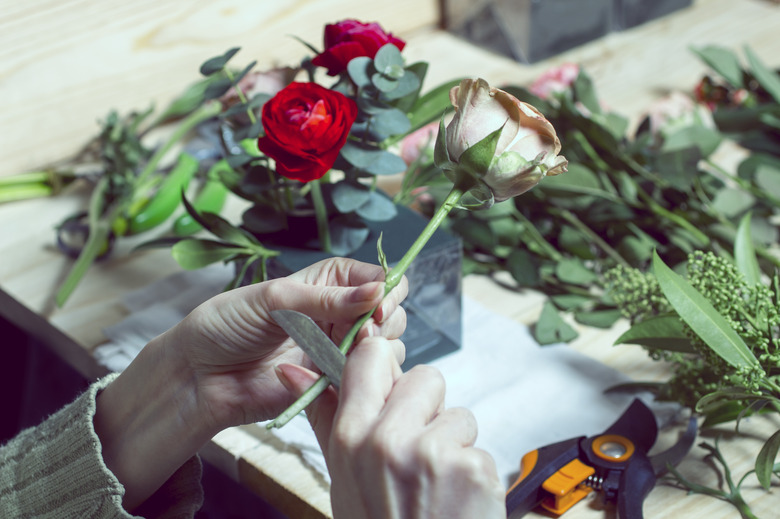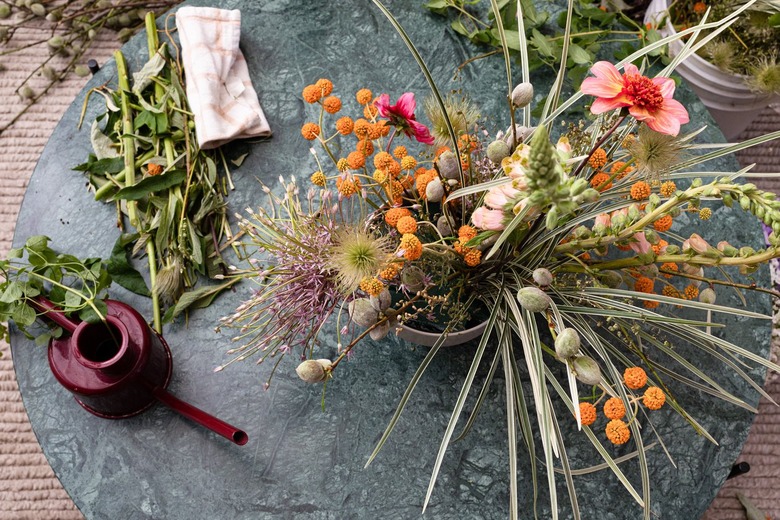How Long Do Cut Flowers Actually Last?
We may receive a commission on purchases made from links.
How long do flowers last once cut? That's a surprisingly complex question because there are so many variables that can impact their longevity. Some blooms may start to wilt away after only a few days, while others may last as long as two weeks. If you want to maximize the vase life of your next bouquet, these tips can help keep your flowers looking their best as long as possible.
What Is Vase Life?
What Is Vase Life?
How long flowers last after being cut is referred to as their vase life. While cut flowers can begin to wilt between three and five days after they've been cut if placed in a flower vase with water, some flower varieties last much longer. There are many factors involved. The kind of flower, location of the vase, and what's added to the water all impact how long a bouquet remains beautiful.
Impact of Flower Selection
Impact of Flower Selection
The best type of flower to cut for maximum shelf life are those which are young and haven't yet fully opened their petals. They'll continue to develop after you cut them, so you can enjoy the blooms for longer. For roses, though, the development doesn't continue, so pay attention to the color of the buds.
Certain types of flowers also last longer than others. Tulips (Tulipa), daisies (Bellis perennis), and poppies (Papaver) tend to have a shorter vase life than carnations (Dianthus caryophyllus), chrysanthemums (Chrysanthemum), and Gerbera daisies (Gerbera).
Additionally, flowers should be cut either in the early morning or the late evening, since that's when a flower — or any plant for that matter— contains the maximum amount of water.
Proper Vase Preparation
Proper Vase Preparation
Choose a vase that fits the bouquet well. A vase with a large mouth can make a small bouquet lose its shape. A vase with a neck that's too small for your bouquet smashes the stems together and makes everything look crowded.
Have the vase full of water and ready to go before you cut the flower stems. The water temperature can affect how long the flowers last. Cold water is the best option if you want to make the bouquet last as long as possible. Warm water encourages the flowers to open more.
Cutting Flowers to Extend Vase Life
Cutting Flowers to Extend Vase Life
The way you cut a flower's stem can also affect its vase life. Cut off 1 to 2 inches of the flower stems with a sharp knife or pruning shears. A clean cut will leave the stem open to absorb more water, whereas a crushed stem will be like a crushed throat, unable to drink. Additionally, stems should be cut at an angle, as flat stems will sit on the bottom of a vase and not absorb the necessary amount of water.
Pruning Cut Flowers
Pruning Cut Flowers
Before placing a flower into a vase, it's a good idea to trim off lower leaves on the stem which aren't necessary for decoration. This will streamline the water intake so that the flower itself is receiving the nutrients rather than vestigial things like leaves. Removing those lower leaves that are under the water will also reduce the risk of bacterial growth, which can shorten the life of the flowers.
Flower Location and Preservatives
Flower Location and Preservatives
Keep vases of flowers out of direct sunlight and in cooler locales. While live flowers need sunlight and warmth, flowers in a vase are dying, and the warm temperatures and sun will only make them fade and dry out more quickly. Cooler locales will keep moisture in the flower and preserve it longer.
Changing the water on a daily or bi-daily basis can add greatly to the longevity of a flower's vase life. Additionally, preservatives can be added to the water to increase vase life even further. A good recipe for a homemade preservative is to take 1 teaspoon of sugar, 1 teaspoon of bleach, and 2 tablespoons of lemon or lime juice mixed into warm water.
